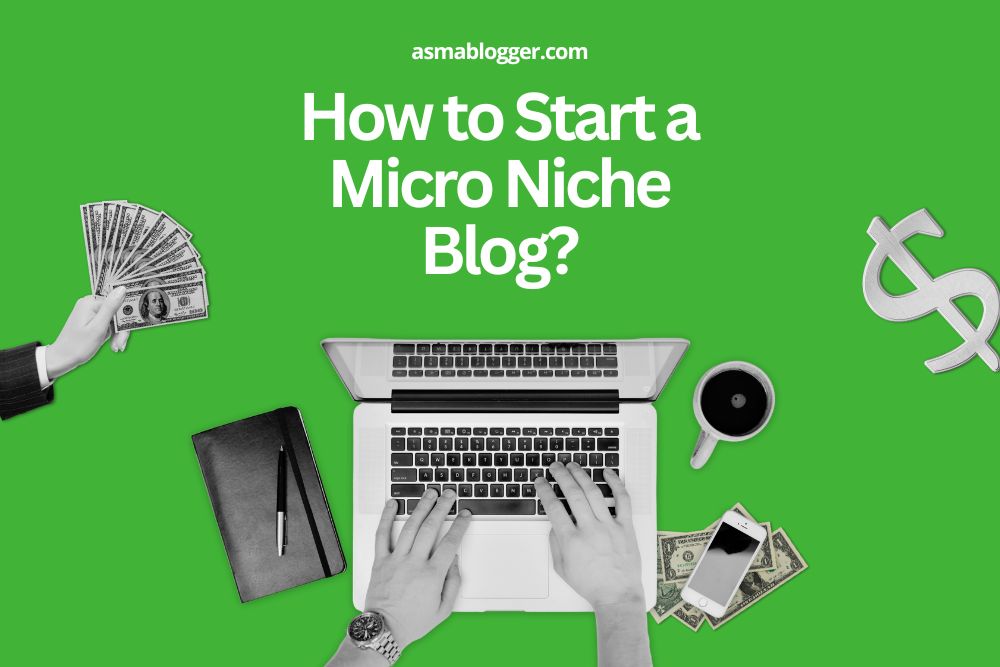Did you know that over 7.5 million blog posts are published each day? That’s a lot of noise to cut through! If you’re passionate about history and thinking of starting a history blog, you’re in for an exciting journey. I’ve been there, and I can tell you—sharing your historical insights can be both thrilling and rewarding. From picking the perfect niche to creating engaging content, I will walk you through how to start a history blog and make your mark in the vast digital landscape! Let’s get started!
Table of Contents
ToggleWhy You Should Start a History Blog: Key benefits
Have you ever thought, “I wish I could tell people about this historical nugget!”? Starting a history blog might be just what you need. It’s not just about dropping historical facts—it’s about sharing your perspective and connecting with others with a passion for history.
- Share Your Unique Perspective: Everyone has their way of looking at history. Your blog is a stage for your take on events, making history more engaging and personalized for your readers.
- Build a Community: Blogging opens doors to connect with fellow history buffs. You’ll find a supportive network eager to chat about and learn from your insights.
- Enhance Your Skills: Regular blogging sharpens your research and writing skills. You’ll get better at exploring topics deeply and presenting them in a way that’s easy to understand.
- Monetize Your Passion: As your blog grows, it can become a source of income. You might earn from ads, affiliate links, or partnerships related to history.
Who can start a history blog?
Starting a history blog can be a great idea for a variety of professionals. Here’s a list of folks who might find it particularly beneficial:
- Historians: Naturally, historians have a wealth of knowledge and research skills that can bring rich, detailed content to a blog. They can share insights, interpretations, and lesser-known historical facts.
- History Teachers and Professors: Educators can use a blog to extend their classroom discussions, provide additional resources, and engage with a broader audience outside of their students.
- Archaeologists: Those who work in archaeology can share discoveries, fieldwork experiences, and historical interpretations based on their findings.
- Museum Curators: Curators can showcase exhibits, share behind-the-scenes stories, and offer educational content related to their collections.
- Historical Writers and Authors: Writers who focus on historical fiction or non-fiction can use a blog to discuss their work, share research processes, and connect with readers interested in their genre.
- Genealogists: Professionals who help people trace their family histories can provide tips, tools, and stories related to genealogy research.
- Cultural Anthropologists: Those studying cultures can blog about historical and cultural connections, offering unique perspectives on history.
- Historical Consultants: Consultants who work on historical projects for films, books, or other media can share their experiences and insights into historical accuracy and storytelling.
- Archivists: Those who manage historical documents and records can provide interesting content about archival finds and preservation tips.
- History Enthusiasts and Amateurs: Even if you don’t have formal training, if you have a passion for history, you can start a blog to share your personal research, interests, and discoveries.
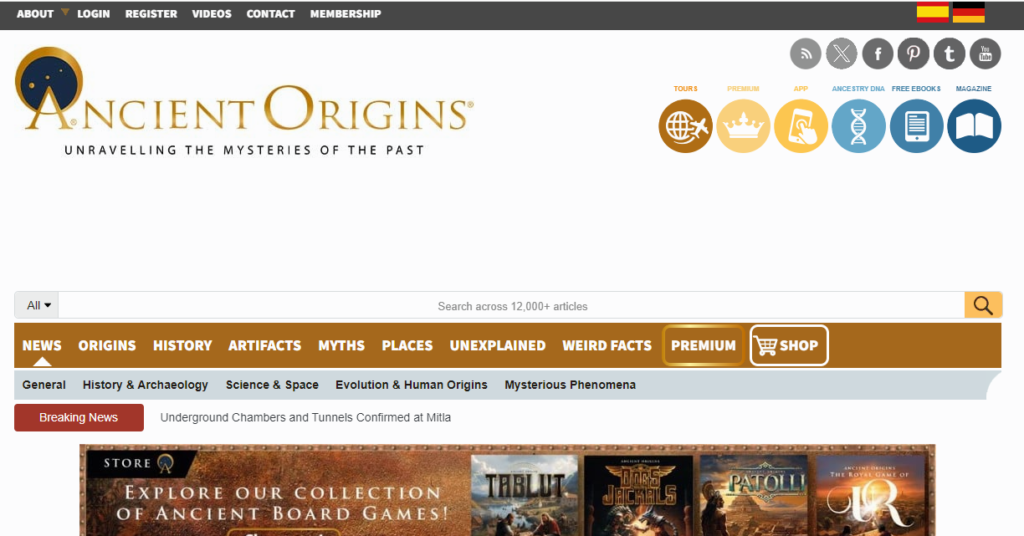
Step 1: Research the Right Niche to start a history blog
When I started helping clients with their blogs, picking the right niche was a big challenge, especially with history. With topics ranging from ancient Egypt to modern politics, it’s easy to feel overwhelmed.
So, narrowing down your niche is crucial. It’s easier than it sounds once you know your interests and what people are searching for. I’ve helped clients find popular niches that boost their blogs. Some that consistently attract readers include:
- Roman History: People love the drama of ancient empires, gladiators, and Caesar.
- Military History: Whether it’s World War II or the Napoleonic wars, there’s always a dedicated following here.
- Art History: This is great for those who love culture, creativity, and how it evolves.
- Scientific Discovery History: If you’re a science buff, this niche can be super fun. It covers topics like the history of medicine or space exploration.

How to Choose a Niche that Suits You to start a history blog?
Alright, let’s be honest. The best niche for your history blog should be something you’re truly passionate about. I had a client who picked a trendy niche they didn’t care about, and burnout hit hard. Avoid that! Think about what excites you most and could keep you talking for hours.
Here’s how to find your niche:
- Passion first: If you’re not into it, it’ll show in your writing, and your readers will feel it too.
- Audience size: Use tools like Google Trends to see if people are actively searching for topics in your chosen niche.
- Sustainability: Make sure your niche has enough depth. If you pick something too narrow, like “History of spoons in the 1800s,” you might run out of material faster than you’d think.
Step 2: Set Up Your History Blog to start a history blog
Choose a Domain Name and Web Hosting
Pick a domain name but don’t go too narrow, though. Instead of “AncientEgyptFacts.com,” think broader like “TimelessHistories.com” or even using your name or company name—something that gives you room to grow if you decide to add different topics down the line.
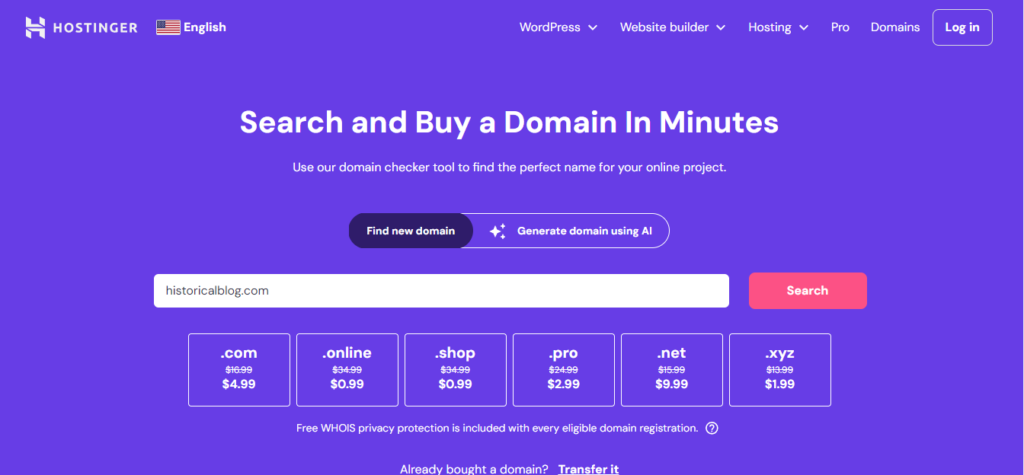
Now, let’s talk hosting. Personally, I’d go with Hostinger. It’s my go-to. Here’s why:
Hostinger:
- Free domain: Many of Hostinger’s plans come with a free custom domain for a year, which is super handy when you’re just starting and trying to keep costs low.
- SSL certificates: Every Hostinger plan includes free SSL certificates. Don’t sleep on this—it’s crucial for encrypting your site’s data, and Google loves secure sites. More love from Google means more eyes on your blog.
- Beginner-friendly: Hostinger’s hPanel is so easy to navigate. Even when I was a total newbie, I could figure it out. No need for fancy tech knowledge.
- Automatic backups: I’ve had moments where I thought I lost all my hard work, but with Hostinger’s automatic backups, you can breathe easier knowing there’s always a safety net.
Bluehost
Bluehost is another solid option. Here’s the deal with them:
- High uptime and fast loading speed: This is what you want. Your blog will stay online, and pages will load quickly—no one has time to wait around these days.
- Seamless WordPress integration: Bluehost makes it super easy to use WordPress, which, honestly, is like the MVP of blogging platforms.
- Free domain and SSL: They give you a free domain for the first year and an SSL certificate. It’s pretty much the basics of what you need to get started.
Both Hostinger and Bluehost are great, but if I had to choose, I’d lean toward Hostinger for its ease of use, great support, and overall value. Plus, they have an AI-powered website builder that can help get your blog up and running quickly if you’re not a fan of tinkering around with themes and plugins.
Choose the Best Blogging Platform
I’d say WordPress is the way to go. I’ve been there, tried the others, and yeah, they’re okay, but WordPress just hits different.
First off, WordPress is super user-friendly. I mean, you don’t have to be some coding whiz or tech guru to get things rolling.
You can literally install it from Hostinger or Bluehost to your dashboard with just a few clicks. And guess what? It’s free. Yep, zero dollars. If you’re on a budget like I was when I started, that’s a game-changer.
Then, there’s the whole SEO thing. Look, if you want people to find your amazing stories about the medieval era or ancient Rome, SEO is your best friend. You’ve got tons of plugins—like Yoast or RankMath—that help you optimize your posts.
Here’s what I love the most, though:
- Full Control: You want to change the font, tweak the layout, or add a feature that makes your blog look like a million bucks? You got it. The WordPress plugin repository is like a candy store for bloggers—endless options to customize every little detail.
- Scalability: Planning to grow your blog from a side hobby to a full-on digital empire? WordPress can handle it. I’m talking about millions of page views, no sweat. I’ve seen history blogs go from zero to hero, all without crashing or needing major overhauls.
- Multiple Users: Maybe you’re thinking of inviting guest writers or co-authors to share their insights on your blog. WordPress makes this a breeze. You can set up multiple users and decide who gets to do what. It’s like running your own little media house.
Set Up the Basic Design and Structure
Start with a clean, intuitive layout that guides people from one section to another smoothly. I usually go with a top navigation bar and a footer with important links. Helps visitors (and Google) find their way around.
Layout: Keep It Clean, Keep It Classy
A spacious, uncluttered layout is easier on the eyes and makes your content stand out. Try a simple two-column format—one for your content, the other for widgets like recent posts or a newsletter signup. I use templates from Envato’s library (got a ton of cool designs there), but if you’re just starting, the Astra theme on WordPress is a solid free choice. You can always reach out if you want a sneak peek of my Envato favorites!
Content: Break It Down
Break your content into bite-sized sections with clear headings and subheadings.
- Headlines that Grab Attention: Make sure your headlines are catchy but also descriptive. No clickbait! You want people to feel intrigued but not misled.
- Body Text: Use short paragraphs and bullet points (like these) to make your content easy to scan. We’re all busy—nobody’s got time for a wall of text.
- Conclusion: Wrap it up nicely, but leave a little cliffhanger or a call to action. Make readers want to come back for more!
Typography: Make It Easy on the Eyes
Choose a font that’s readable and a size that doesn’t make people squint. I usually stick to 16px-22px for body text. Subheadings? Make them bold and spaced out. It just gives that clean, organized look.
Don’t Forget the Extras
Your blog isn’t just about words; it’s about the experience. Consider adding:
- An Eye-Catching Homepage: Something that makes people go, “Whoa, I’m in the right place!”
- A Logo: Even if it’s just a simple text logo—make it yours.
- Article Thumbnails: Little images that tease the content of your posts.
- Related Posts: Keep them clicking by showing posts related to what they’re currently reading.
- Social Media Sharing Buttons: Let your readers do some of the promotional heavy lifting for you!
Step 3: Create quality Content for Your History Blog to start a history blog
Creating quality content for a history blog isn’t just about throwing facts at people; it’s about telling a story and drawing them in like a good novel does.
A. How to Research Historical Topics Like a Pro
Honestly, researching history can be overwhelming. One minute you’re deep in a source, and the next, you’re lost in a sea of tabs. I’ve been there. But trust me, staying organized and narrowing your topic early will save you a lot of frustration.
- Pick a niche topic: Go for something like “Women in the French Resistance” instead of the whole of WWII. Trust me, it’ll keep you focused.
- Mix up your sources: Books are great, but don’t sleep on podcasts and documentaries. They make research feel more like fun than work.
- Hit up local archives or libraries: They’ve got hidden gems that aren’t always online.
- Ask for help: Seriously, there are historians in forums or even social media who love to talk shop. Don’t hesitate to reach out.
B. Make History Come Alive in Your Writing
I used to write like I was creating a textbook. No one wants to read that! The key is to make history feel alive – bring people into the story. Don’t just tell them what happened; show them.
- Focus on storytelling: Instead of just saying “Napoleon was short,” talk about how he would stand on elevated platforms to seem taller. It’s the little stuff that sticks.
- Use vivid details: What did ancient marketplaces smell like? What were people wearing? It makes readers feel like they’re right there.
- Don’t list facts endlessly: Give context, paint a scene, and make it flow like a story.
C. SEO Hacks for Your History Blog
Here’s where things get a bit technical. SEO might sound scary, but it’s honestly just making sure people find your hard work. After all, what’s the point of writing an amazing history blog if no one sees it?
- Long-tail keywords: Instead of just “Ancient Egypt,” try “daily life in Ancient Egypt.” You’ll rank better and attract the right crowd.
- Headings and subheadings matter: Google loves when things are clear and organized. Plus, it makes reading easier.
- Use visuals: Historical maps, timelines, old photos—people love seeing visuals to break up the text.
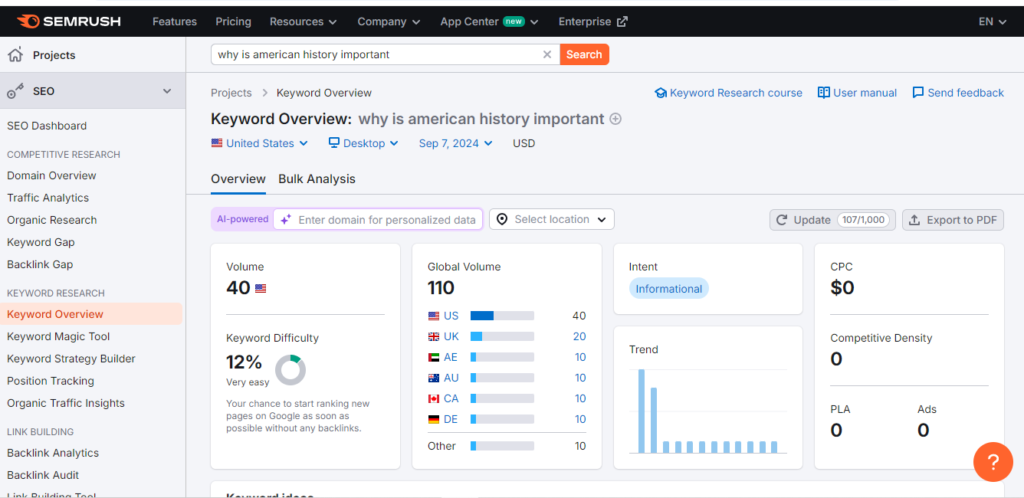
Related Post: Content-Centric SEO: A Comprehensive Guide
Step 4: Enhance Your Blog’s Design and User Experience
Alright, so you’ve got your history blog up and running, but now it’s time to make it look and feel fantastic. Let’s talk about giving your blog a makeover that’ll keep your readers hooked from the first glance.
A. Choose a Theme that Fits Your History Niche
Choosing the right theme for your blog is like picking the perfect outfit—it sets the tone. For a history blog, you need a design that complements your content. Here are a few tips:
- Match the Era: If you’re writing about medieval history, consider a Gothic-style theme. For Ancient Egypt, maybe something with hieroglyphic patterns.
- Colors Matter: Use tools like Coolors to pick a color palette that fits your niche. Think earthy tones for ancient civilizations or dark hues for more gothic themes.
- Logo Love: Design a logo that reflects your content. Canva is a lifesaver here—pick a template and tweak it to fit your style.
B. Add Visual Elements to Your Posts
Now, let’s jazz up those posts. Visual elements can turn a boring article into a captivating read.
- Images and Graphics: Incorporate relevant images, like historical artifacts or maps, to add depth to your posts. Avoid using low-quality or unrelated pics.
- Infographics: Summarize complex information with easy-to-understand infographics. They’re great for breaking down data and keeping readers engaged.
- Clean Layout: Ensure your blog’s design isn’t too cluttered. A clean, readable layout makes for a better reader experience, whether they’re on a desktop or mobile device.
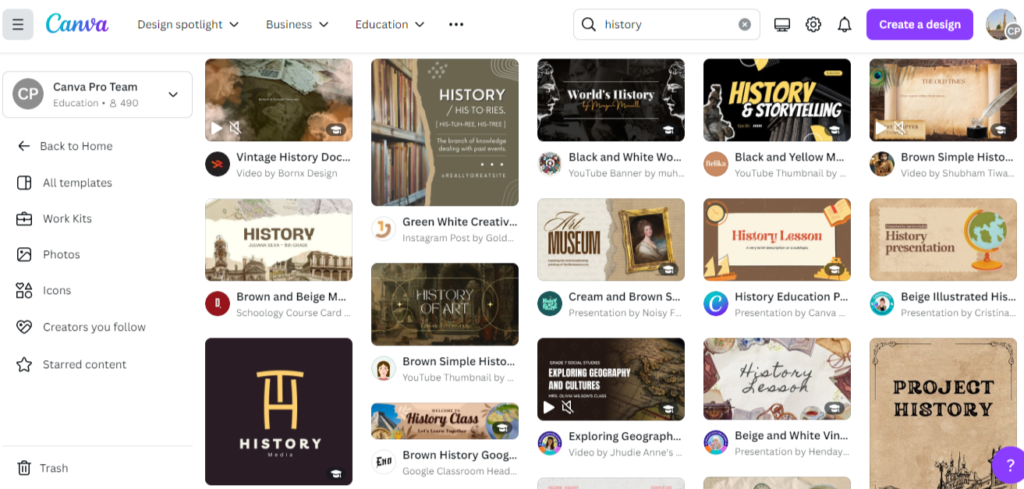
Step 5: Promote Your History Blog for Growth
Starting a history blog is exciting, but getting readers can be tough. I’ve been there—it’s frustrating. But don’t worry, I’ve got some tricks to help you grow your blog and attract the audience you’re dreaming of.
A. Leverage Social Media for Traffic
Social media isn’t just for selfies and memes but Instagram, Pinterest, and Facebook have huge history communities waiting for content like yours. Historical photos or quirky facts? They go viral faster than you’d expect.
Pro Tips:
- Use hashtags like #historybuff or #historicalfacts on Instagram to increase visibility.
- Create historical timelines or infographics—Pinterest loves them!
- Also, engage with history-focused Facebook groups to drive traffic.
Related Post: How to Promote Your Blog Without Social Media: Tested Strategies
B. Build Backlinks and Network with Other Bloggers
Networking can seem daunting, but it’s rewarding. I teamed up with an ancient history blogger for a guest post swap. It boosted traffic for both of us and introduced our readers to fresh content.
How to Start:
- Reach out to other bloggers and offer guest post swaps.
- Don’t see them as competition—see them as allies who can help you grow.
And about backlinks—Google loves them! The more credible sites that link to your blog, the better for your SEO. It can be tough to build, but it’s worth the effort.
C. Email Marketing for History Blogs
Your email list is like a personal fan club—they’re eager to hear from you!
Here’s What Works:
- Offer something valuable like a free ebook, historical timeline, or exclusive content in exchange for sign-ups.
- Use tools like Mailchimp or ConvertKit to manage your list easily.
- Regularly send updates about new posts to keep readers coming back.
For example, my client once offered a free “History Quiz” ebook, and his email list doubled in a week. Now, every time he sends out an email about a new post, his traffic spikes.
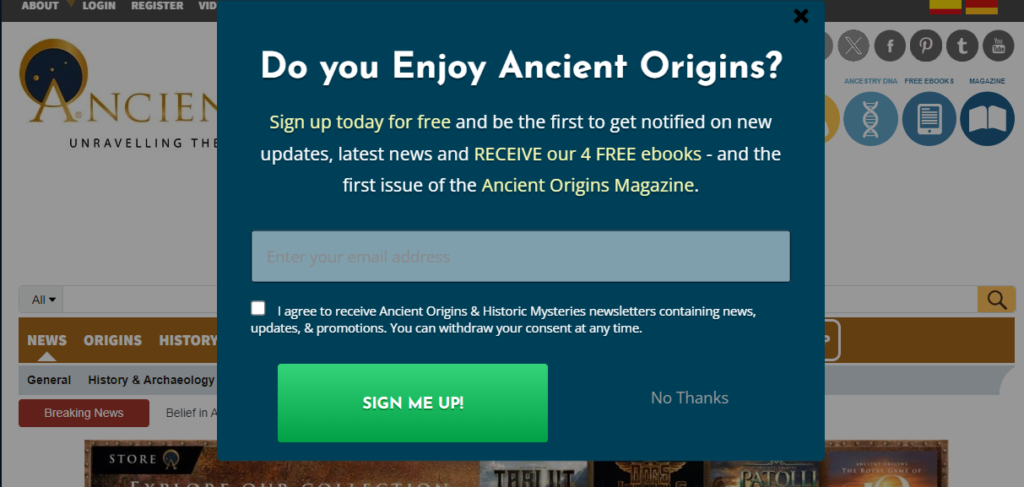
Related Post: How to Build a Blog Following? Expert Tips
Step 6: Monetize Your History Blog
So, you’ve done the hard work, and your history blog is gaining traction. Now, it’s time to monetize it. There are plenty of ways to make money without losing that authentic connection with your readers. Let’s explore
A. Different Ways to Earn from a History Blog
Monetizing can feel overwhelming at first, but it gets easier. A good starting point is affiliate marketing. Promote history-related products on your blog and earn a commission on sales.
Amazon Associates is a great place to start. You can recommend history books, documentaries, or collectibles. Amazon’s conversion rate is solid, so you might earn even from just clicks.
Affiliate Product Ideas:
- History books (Ancient Rome, WWII, etc.)
- Documentaries and DVDs
- History-themed merchandise (maps, posters)
B. Collaborate with Brands and Sponsors
Here’s where it gets exciting: brand collaborations. Once you have some traffic, brands might want to partner with you.
Steps to Approach:
- Research relevant brands: Look for educational platforms or companies selling history-related items.
- Reach out: Create a compelling email to propose a partnership.
- Be transparent: Make sure the products fit with your blog’s theme and your audience will appreciate it.

Related Post: How to Write a Collaboration Email That Closes the Deal?
Step 7: Maintain and Grow Your History Blog Over Time
Okay, so you’ve started a history blog—congrats! But keeping it alive? That’s a whole different beast. It took me a while to realize that a blog isn’t just a “set it and forget it” thing. You’ve gotta keep nurturing it, like watering a plant, to watch it grow.
A. Regularly Update and Refresh Content
I used to think old blog posts were done once published. But updating them can boost views! Google loves fresh content, and with history constantly evolving, keeping posts updated helps you stay relevant.
Here’s a little cheat sheet I follow:
- Check if any new historical findings could be added.
- Replace any outdated sources with more recent ones.
- Polish the writing a bit or swap out any old images for sharper ones.

B. Engage with Your Readers
I’ll be honest, when I first started, I ignored the comments section. Big mistake. I realized that the conversations in the comments breathe life into your blog. Now, I always make sure to reply, even if it’s just to say, “Hey, thanks for reading!” It’s like building a little history community—people come back just to see the latest chat.
Here’s some real talk: To spark more discussions, add a question at the end of your posts, like “What’s your take on this?” You’ll see comments start rolling in. Don’t shy away from readers’ challenges or corrections—it’s a great way to learn, and their input often sparks new post ideas.
How to Start a history blog: Conclusion
In conclusion, starting a history blog is an exciting adventure that lets you explore the past and share your passion with others. By selecting the right niche, setting up your blog properly, and creating engaging content, you’re on the path to success. Remember, blogging is a continuous journey—keep your content updated and interact with your readers to foster a vibrant community.
If you need expert help to start your history blog, feel free to reach out to me. I have experience working with various niches for my clients’ blogs and can provide professional assistance.
Share your blogging experiences or questions in the comments below!
How to Start a history blog: FAQs
Should I start a history blog?
Starting a history blog is a fantastic idea if you’re passionate about history and love sharing knowledge. Additionally, it’s a great way to explore historical topics, connect with like-minded enthusiasts, and build a community. Just make sure you’re ready to commit time to research and engaging content.
What is a history blog?
A history blog is a platform dedicated to exploring and discussing historical events, figures, and eras. It provides readers with insights, analysis, and stories from the past. Additionally, these blogs aim to educate and engage enthusiasts by offering detailed research, intriguing narratives, and thoughtful discussions on various historical topics.













